The journey towards achieving a net zero home—a residence that produces as much energy as it consumes—is both ambitious and profoundly rewarding. At the heart of this endeavor lies the concept of energy efficiency, with home insulation materials playing a pivotal role. Using the best materials for insulation is crucial for minimizing energy loss, ensuring that the heating and cooling efforts inside the home are maximized for comfort without wastefulness. However, navigating the world of insulation involves more than just filling walls with material; it requires a strategic approach to select the right types and levels of insulation for various components of a house, such as the roof, walls, and basement.
Understanding the intricacies of insulation is essential for homeowners aiming to reduce their carbon footprint and achieve a net zero energy balance. This guide seeks to clarify insulation for net zero homes, offering homeowners comprehensive insights into the necessary insulation levels and the diverse options available for each part of their house. From the thermal insulators required in attic spaces to the best insulation for walls, this blog will cover the critical aspects of insulation that contribute to an energy-efficient and sustainable living environment.
By enhancing your home’s insulation, you not only move closer to achieving net zero status but also contribute to a more sustainable future for all. Join us as we explore the essential steps and considerations in selecting and implementing the right insulation for your net zero home, ensuring it remains warm in the winter, cool in the summer, and energy-efficient all year round.
We’ll be covering…
- 1. Understanding Home Insulation Materials
- 2. Home Insulation Levels for Different Home Components
- 3. Types of Home Insulation Materials and Their Applications
- 4. Retrofitting Existing Homes with Improved Insulation
- 5. Insulation Cost Considerations and Financial Incentives
- Conclusion: Embracing Home Insulation for a Net Zero Future
- Start Your Journey Towards Net Zero Living Today
1. Understanding Home Insulation Materials
Insulation is a key player in the quest for a net zero home, serving as the barrier that keeps external weather conditions at bay and maintains the desired indoor climate with minimal energy expenditure. To appreciate its role fully, it’s essential to grasp some fundamental concepts and how insulation integrates with the broader objectives of energy efficiency and sustainability.
The Role of Home Insulation in Energy Efficiency
At its core, house insulation materials reduce the unwanted heat exchange between the inside of a home and the outside environment. In winter, it traps warmth within the home; in summer, it keeps the heat out, reducing the need for heating and cooling. This thermal barrier is quantified through the R-value—a measure of insulation’s resistance to heat flow. Higher R-values indicate more effective insulation, leading to greater energy savings and a closer step towards achieving a net zero energy balance.
Key Terms Related to Home Insulation Materials
- R-Value: The R-value of insulation materials is the standard measure of thermal resistance. The higher the R-value, the better the insulation material is at resisting heat flow.
- Thermal Bridging: A phenomenon where heat is transferred across more conductive materials in the insulation layer, bypassing the insulation itself. Minimizing thermal bridging is crucial for maximizing insulation effectiveness.
- Air Sealing: This complements insulation by preventing air leaks, which can undermine insulation’s effectiveness. Proper air sealing ensures that the insulated envelope of the home is as airtight as possible, further reducing energy loss.
Balancing Insulation with Other Energy-Efficient Features
While insulation is critical, it’s just one part of the energy efficiency puzzle. For a home to achieve net zero status, insulation must be considered alongside other factors like window quality, door seals, and the home’s heating, ventilation, and air conditioning (HVAC) system. This holistic approach ensures that energy efficiency measures work in concert, reducing overall energy demand to a level that can be offset by renewable energy sources typically integrated into net zero homes, such as solar panels.
Why Home Insulation Is Key for Net Zero Energy
The importance of insulation in achieving a net zero home cannot be overstated. By substantially reducing the energy needed for heating and cooling, effective insulation directly contributes to the home’s overall energy balance. It not only ensures that the energy produced by the home’s renewable sources is used efficiently but also plays a vital role in providing year-round comfort and reducing the home’s carbon footprint.
2. Home Insulation Levels for Different Home Components
For homeowners aiming to achieve or maintain a net zero home, understanding and implementing the correct insulation levels across different components of the house is crucial. This detailed guide provides a comprehensive look at how to effectively insulate the roof, walls, basement, and floors to enhance energy efficiency and comfort.
Roof and Attic Insulation Materials
The top of your house plays a pivotal role in thermal regulation. Given that heat naturally rises, the attic or roof space is one of the most critical areas to insulate properly.
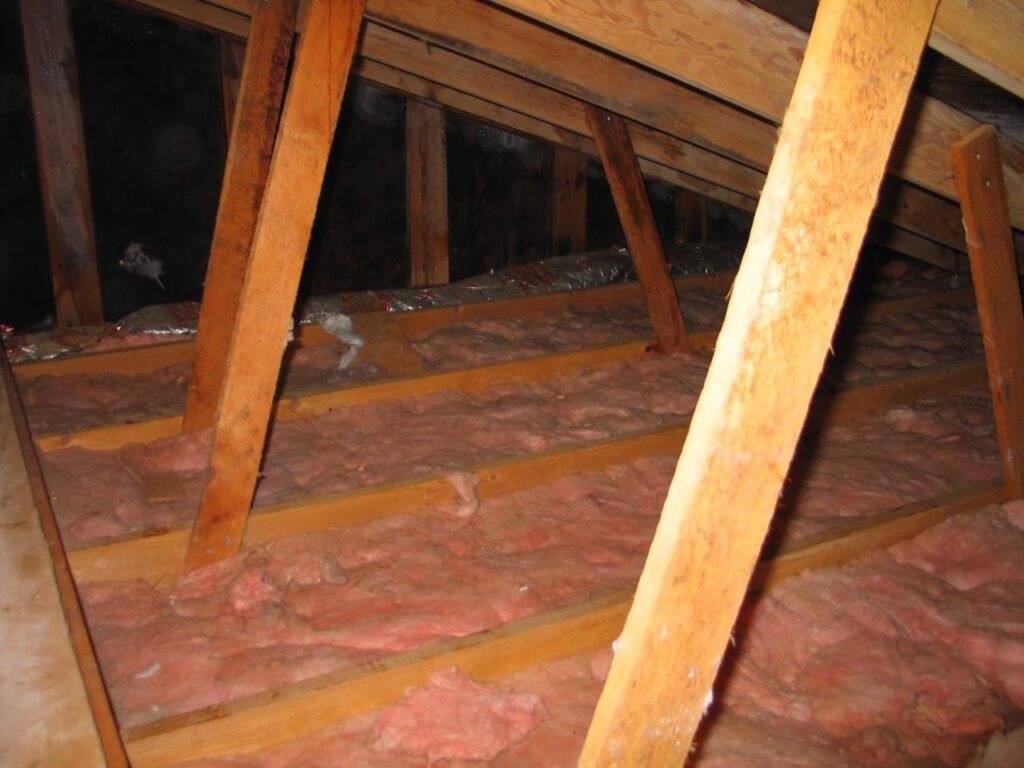
- Recommended Insulation Levels: Attic insulation levels should be between R-38 and R-60 for most climates, with colder regions requiring the higher end of this range. This ensures minimal heat escape during winter and reduces heat ingress during summer.
- Installation Considerations: Ventilation is key in attic spaces to prevent moisture accumulation, which can lead to mold growth and wood rot. Baffles may be installed to maintain airflow from soffit to ridge vents, ensuring that insulation does not block ventilation paths.
- Moisture and Air Sealing: Beyond insulation, it’s important to seal any air leaks in the attic floor and ensure that vapor barriers are in place to manage moisture.
Wall Insulation
Walls are the barrier between indoor comfort and outdoor elements. Insulating them effectively is crucial for maintaining a stable indoor environment.
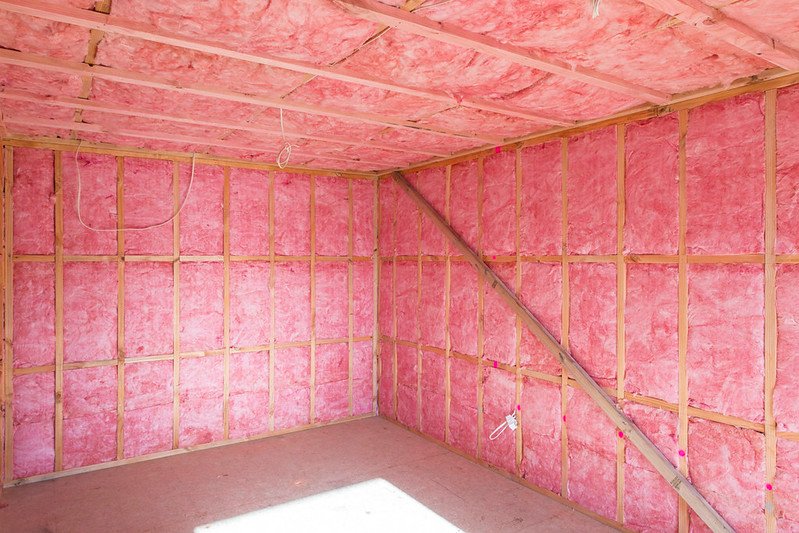
- Recommended R-Values: The recommended R-values for exterior walls typically range from R-13 to R-21. Homes in colder climates or those seeking higher energy efficiency may benefit from values at the upper end of this spectrum or even beyond.
- Insulation Techniques: Incorporating continuous insulation (CI) over the entire wall, including the studs, minimizes thermal bridging—a common energy loss point in wall assemblies. Materials such as rigid foam or mineral wool boards can be used for CI.
- Innovative Solutions: For those looking to retrofit, consider blown-in insulation for existing walls to improve R-values without extensive demolition. For new constructions, structural insulated panels (SIPs) or insulated concrete forms (ICFs) offer high-efficiency alternatives to traditional framing.
Basement and Foundation Insulation
Basements and foundations are often sources of significant heat loss due to their contact with the cooler ground. Proper insulation here can markedly improve a home’s overall thermal efficiency.
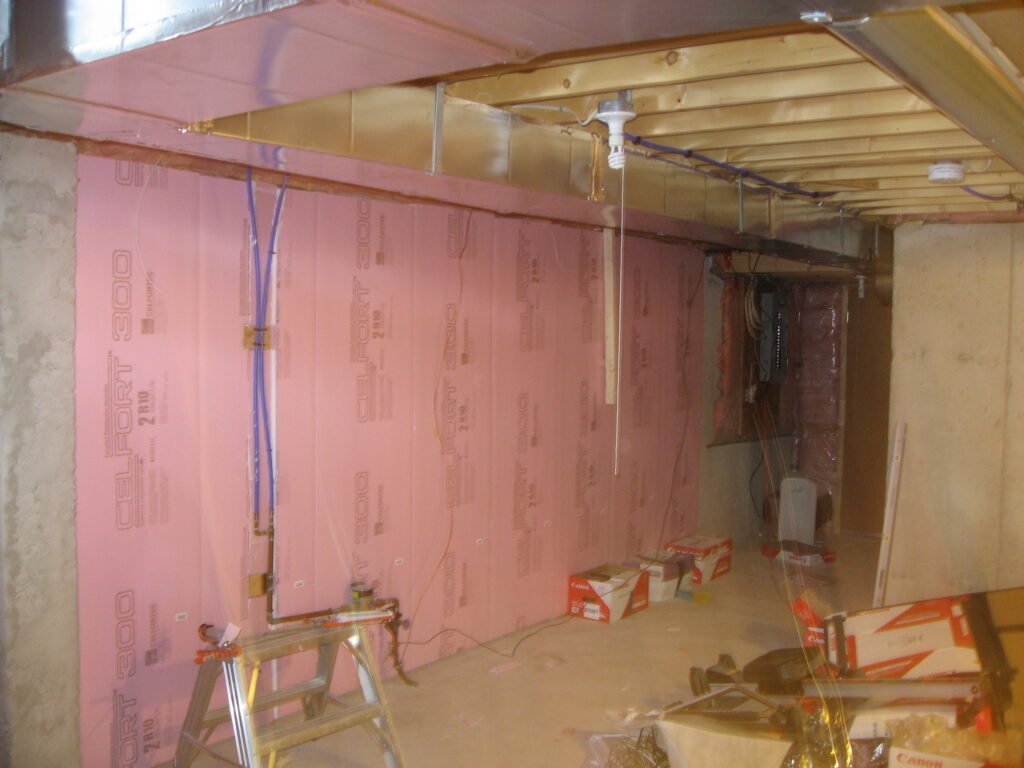
- Strategies for Insulation: Insulating the interior of basement walls with foam board or spray foam can provide a high R-value and act as a vapor barrier. Exterior foundation insulation, while more complex, can protect against temperature extremes and reduce the risk of interior condensation.
- Moisture Control: Effective drainage systems and waterproof membranes are critical when insulating foundations externally to avoid water damage and insulation degradation.
- R-Value Recommendations: For basement walls, an R-value of at least R-10 to R-15 is suggested for most climates, with higher values for colder regions. For slab and below-grade areas, perimeter insulation of R-10 extending down 2 feet below the surface is beneficial for reducing heat loss.
Floor and Slab Insulation
Floors over unheated spaces, such as garages or crawl spaces, and concrete slabs can be significant sources of discomfort and energy loss if not properly insulated.
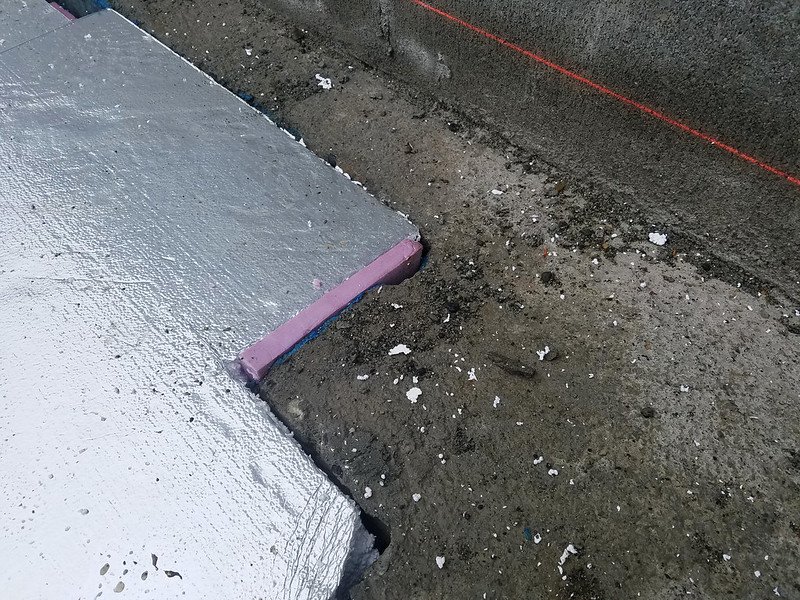
- Insulation Levels for Floors: An R-value of R-25 to R-30 is recommended for floors above unheated spaces, ensuring warmth is retained within the living spaces above. Insulation should be applied between the floor joists and along the perimeter for maximum effectiveness.
- Slab Insulation Practices: For slabs on grade, insulating the perimeter to at least 2 feet below ground level with an R-value of R-10 to R-20 can significantly reduce heat transfer. In colder climates, consider extending the insulation beneath the entire slab for enhanced thermal performance.
- Special Considerations: Pay attention to the insulation material’s compressive strength when insulating slabs and floors, especially if the insulation will be subjected to heavy loads. Products designed specifically for these applications can provide both insulation and structural support.
Additional Considerations for a Net Zero Home
- Whole-House Approach: Achieving net zero status requires looking beyond individual components and adopting a whole-house approach to insulation. This means considering how each part of the house interacts with others to create a complete, energy-efficient envelope.
- Future-Proofing: As building codes evolve and become more stringent, aiming for insulation levels above current recommendations can future-proof your home against upcoming standards, potentially saving on future retrofit costs.
- Professional Energy Audits: Consider having a professional energy audit conducted to identify specific areas in your home that could benefit from improved insulation. These audits can provide tailored advice based on the unique characteristics of your house.
3. Types of Home Insulation Materials and Their Applications
Choosing the right insulation material is essential for achieving the energy efficiency goals of a net zero home. Each material has distinct properties, making it suitable for specific applications and contributing uniquely to the home’s overall thermal performance.
Fiberglass Insulation
Detailed Overview:
- Composition: Fiberglass insulation consists of extremely fine glass fibers and is available in batts, rolls, and loose-fill. It’s non-flammable and resistant to moisture damage.
- Applications: Ideal for attics, walls, and floors, fiberglass is versatile and fits well between studs, joists, and beams.
- Installation Considerations: Protective gear is necessary during installation due to the irritation fiberglass can cause to the skin and respiratory system. Proper installation is key to preventing gaps and compression, which can significantly reduce its effectiveness.
- Environmental Impact: While made from a high percentage of recycled glass, the energy-intensive manufacturing process is a consideration for environmentally conscious homeowners.
Spray Foam Insulation

Detailed Overview:
- Composition: Spray foam is a chemical product that expands and hardens upon application, creating a tight air seal. It’s available in open-cell (softer, less dense) and closed-cell (rigid, more dense) forms.
- Applications: Spray foam is excellent for sealing leaks and insulating in one step, making it perfect for attic floors, rim joists, and other hard-to-reach areas. Closed-cell foam also adds structural strength and moisture resistance.
- Installation Considerations: Professional installation is recommended due to the technical nature of the application and the chemicals involved. Proper ventilation is required during installation to ensure safety.
- Environmental Impact: The high energy savings potential of spray foam can offset the environmental cost of its chemicals, but the global warming potential of some blowing agents used in closed-cell foam is a concern.
Rigid Foam Board Insulation
Detailed Overview:
- Composition: Rigid foam boards are made from polystyrene, polyisocyanurate (polyiso), or polyurethane, offering high insulation values per inch of thickness.
- Applications: These boards are versatile, suitable for exterior wall sheathing, basement walls, and under concrete slabs. They can be used to insulate almost any part of the home, from the roof to the foundation.
- Installation Considerations: Rigid foam boards can be cut to fit any space, making them easy to install. However, careful sealing at the joints is necessary to prevent air leaks.
- Environmental Impact: Some foam boards are manufactured with gases that have high global warming potential, although newer products are being developed with lower environmental impacts.
Cellulose Insulation
Detailed Overview:
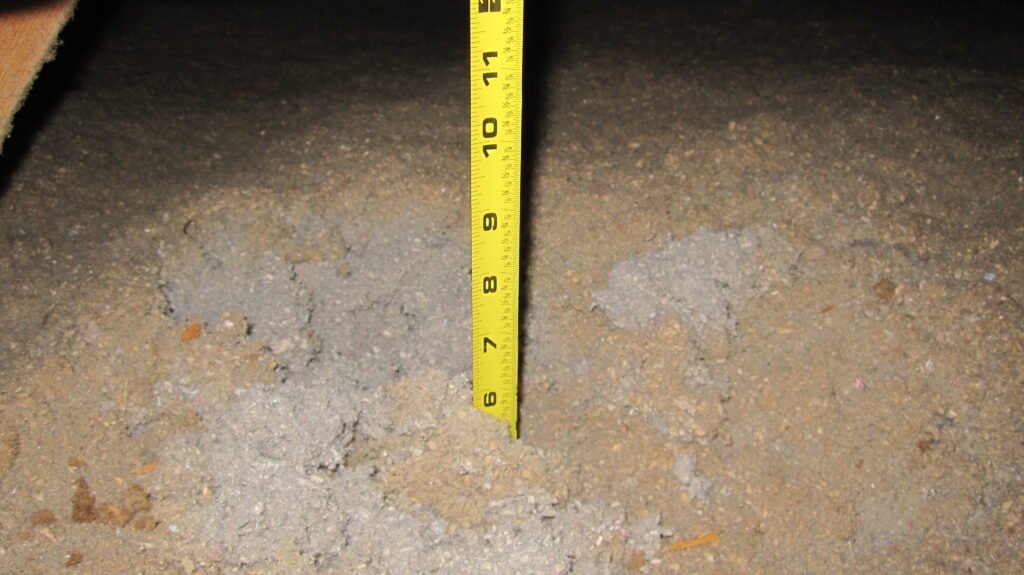
- Composition: Made from recycled paper products, cellulose is treated with boric acid to resist fire, pests, and mold. It’s an eco-friendly option that utilizes a high percentage of recycled material.
- Applications: Cellulose is primarily used in attics and walls, especially suitable for retrofitting existing homes due to its ability to be densely packed into spaces without disturbing structures.
- Installation Considerations: Blown-in cellulose requires specialized equipment and should be installed by professionals to ensure it’s densely packed, preventing settling and decreasing performance over time.
- Environmental Impact: Cellulose has a low embodied energy and is one of the most environmentally friendly insulation options available, making it an excellent choice for homeowners prioritizing sustainability.
Reflective Insulation and Radiant Barriers
Detailed Overview:
- Composition: Reflective insulation consists of layers of foil that reflect radiant heat, while radiant barriers are typically lightweight foil-faced substrates used in attics.
- Applications: These materials are most effective in hot climates or well-lit areas where radiant heat gain is a significant concern. They’re commonly installed in attics to reflect heat away from the living spaces below.
- Installation Considerations: The effectiveness of reflective insulation and radiant barriers depends on proper installation, including orientation and spacing to maintain an air gap that allows for the reflection of radiant heat.
- Environmental Impact: While reflective materials themselves have a low environmental impact, their effectiveness is limited to specific climates and applications, making them a complementary rather than primary insulation choice.
Natural and Sustainable Insulation Options
Detailed Overview:
- Composition: Options like wool, cotton, hemp, and cork are renewable, biodegradable, and often sourced from recycled or sustainable materials. These options offer good thermal and acoustic insulation properties.
- Applications: Natural insulation materials can be used in similar applications as traditional insulation, including walls, floors, and attics. They are particularly appealing for visible applications, such as cork board insulation, or in homes where air quality and environmental impact are significant concerns.
- Installation Considerations: While some natural insulation materials can be more expensive and less widely available than traditional options, they can offer comparable R-values and a healthier indoor environment.
- Environmental Impact: The low embodied energy, recyclability, and biodegradability of natural insulation materials make them some of the most sustainable options available, aligning well with the ethos of net zero homes.
Advanced Home Insulation Materials
Detailed Overview:
- Composition: Materials like aerogel and vacuum insulation panels (VIPs) represent the cutting edge of insulation technology, offering extremely high R-values in thin profiles.
- Applications: These materials are best suited for applications where space is limited, and maximum insulation value is needed, such as in super-insulated buildings, thermal bridges, and specialty applications.
- Installation Considerations: The cost of these advanced materials is currently high, limiting their widespread use. Additionally, careful handling is required to maintain the integrity of VIPs.
- Environmental Impact: While offering superior insulation properties, the production and cost of advanced materials may not align with all sustainable building practices. Their use is typically justified in specific, high-performance scenarios where traditional insulation cannot meet the thermal requirements.
4. Retrofitting Existing Homes with Improved Insulation
Retrofitting insulation in existing homes is essential for reducing energy consumption, enhancing comfort, and moving closer to a net zero energy goal. Unlike new constructions, where insulation can be integrated into the design from the start, retrofit projects require careful assessment and strategic planning to maximize benefits without disrupting the home’s structure and aesthetics.
Assessing Current Home Insulation Levels
Before embarking on an insulation retrofit project, it’s crucial to understand the existing insulation levels and identify areas of heat loss. A professional energy audit can provide valuable insights into your home’s thermal performance, highlighting areas where additional insulation can have the most impact.
- Energy Audits: Utilizing infrared cameras and blower door tests, energy auditors can pinpoint areas of air leakage and inadequate insulation. This assessment forms the basis of a targeted retrofit plan.
- Visual Inspection: Homeowners can also conduct a basic visual inspection of attics, basements, and other accessible areas to identify obvious gaps in insulation.
Insulation Retrofitting Strategies for Key Areas
The energy audit will likely reveal several areas where insulation can be improved. Here are strategies for addressing common problem areas:
- Attics and Roofs: Attics are prime candidates for insulation upgrades. Adding additional layers of batt insulation or blowing in loose-fill insulation can significantly reduce heat loss. For roofs, externally applying rigid foam boards or spray foam under a new roof covering can enhance insulation without affecting interior space.
- Walls: Insulating existing walls presents more of a challenge, especially in homes without significant gaps in the wall cavities. Blown-in cellulose or spray foam can be injected into wall cavities through small holes drilled in the exterior or interior walls, minimizing disruption while improving insulation.
- Basements and Crawl Spaces: Insulating the interior of basement walls with rigid foam panels or spray foam can dramatically improve a home’s thermal envelope. For crawl spaces, sealing off vents and applying insulation to the foundation walls can be more effective than floor insulation.
- Floors and Slabs: Adding insulation under floors above unheated garages or basements can be done by fitting batt insulation between joists and securing with a vapor barrier. For slabs, perimeter insulation can be retrofitted by digging around the exterior and applying rigid foam insulation below ground level.
Considerations for Retrofit Projects
- Preservation of Character: In historic homes or those with unique architectural features, it’s important to balance energy efficiency upgrades with the preservation of the home’s character. Strategies should be chosen that minimize visible changes while maximizing energy efficiency.
- Moisture Management: Retrofitting insulation, especially in basements and crawl spaces, must include considerations for moisture control. Proper vapor barriers and ventilation strategies are essential to prevent mold growth and structural damage.
- Cost vs. Benefit: While retrofitting insulation can offer significant energy savings, the upfront costs and potential disruption should be weighed against the expected benefits. Government rebates and incentives for energy efficiency improvements can help offset these costs.
Final Thoughts on Retrofitting
Retrofitting insulation in an existing home is a powerful step towards achieving a net zero energy status. While the process requires careful planning and consideration, the long-term benefits of reduced energy bills, increased comfort, and a lower carbon footprint make it a worthwhile investment. Homeowners are encouraged to work with professionals who specialize in energy-efficient retrofits to ensure the best outcomes for their specific situation.
5. Insulation Cost Considerations and Financial Incentives
Investing in high-quality insulation is a key component of transitioning to a net zero home, but it’s important for homeowners to consider both the initial investment and the potential for future savings. Additionally, various financial incentives can make insulation upgrades more accessible and affordable.
Understanding the Costs of Insulation
The cost of insulation varies widely depending on the material type, the area being insulated, and the complexity of the installation. Here’s a general breakdown:
- Material Costs: Fiberglass, cellulose, and most foam board insulations are relatively affordable, offering a good balance between cost and performance. Spray foam and advanced materials like aerogel have higher upfront costs but provide superior insulation and air sealing benefits.
- Labor Costs: The complexity of installing insulation varies by project. Attic insulation may be a straightforward DIY project, while injecting foam into existing walls or applying external rigid foam boards is typically more labor-intensive and requires professional installation.
- Additional Expenses: Retrofitting insulation may uncover the need for other upgrades, such as improving ventilation or repairing damage caused by moisture or pests. These costs should be factored into the overall budget.
Calculating Home Insulation Long-term Savings
While the initial cost of upgrading insulation can be significant, the long-term savings on heating and cooling bills can offset these expenses over time. To calculate potential savings:
- Energy Savings: A well-insulated home uses less energy for heating and cooling, which can lead to substantial reductions in utility bills. The specific savings depend on your climate, the efficiency of your HVAC system, and the extent of the insulation upgrades.
- Increased Home Value: Energy-efficient homes often have higher resale values, offering an additional financial benefit to insulation upgrades.
Financial Incentives for Insulation Upgrades
To encourage energy efficiency improvements, various government programs, utility companies, and other organizations offer incentives that can reduce the cost of insulation projects:
- Tax Credits and Rebates: Many governments provide tax credits or rebates for energy-efficient upgrades, including insulation. These incentives can significantly reduce the net cost of your project.
- Utility Programs: Some utility companies offer rebates or incentives for homeowners who improve their home’s energy efficiency. Check with your local utility provider for available programs.
- Financing Options: Specialized loans and financing options may be available for energy efficiency improvements. These can offer favorable terms and interest rates compared to traditional financing.
Navigating Financial Incentives for Home Insulation
- Research: Start by researching available incentives in your area. Government websites, energy efficiency organizations, and your utility provider are good resources.
- Eligibility: Ensure that your project and chosen insulation materials meet the eligibility criteria for any incentives you plan to apply for.
- Documentation: Keep detailed records of your insulation upgrades, including receipts and any energy assessments, as these will likely be required when applying for incentives.
Conclusion: Embracing Home Insulation for a Net Zero Future
Insulation stands as a cornerstone in the quest for a net zero home, playing a critical role in minimizing energy consumption and maximizing comfort. Through careful planning, selection of appropriate materials, and strategic implementation, homeowners can significantly enhance their home’s energy efficiency, paving the way for a sustainable, cost-effective future. The journey towards net zero living is not without its challenges, but with the right approach to insulation, these challenges can be transformed into opportunities for improvement and innovation.
From understanding the basics of insulation and its pivotal role in energy efficiency to navigating the complexities of retrofitting existing homes and exploring the financial landscape of insulation upgrades, we’ve covered a broad spectrum of topics designed to empower homeowners with the knowledge they need to make informed decisions. Each step taken towards better insulation is a step towards reducing our environmental footprint, achieving energy independence, and living in homes that are not only comfortable but are also part of the solution to our global energy challenges.
Start Your Journey Towards Net Zero Living Today
The path to a net zero home begins with a single step, and there’s no better time to take that step than now. Here are a few actions you can take to start your journey:
- Schedule an Energy Audit: Gain insights into your home’s current energy performance and identify key areas where insulation upgrades can have the most impact.
- Research Insulation Options: Explore the various insulation materials and methods discussed in this guide to determine which options are best suited to your home’s specific needs.
- Leverage Financial Incentives: Investigate local, state, and federal incentives that can help offset the cost of your insulation upgrades. Making your project more affordable can accelerate your path to net zero living.
- Consult with Professionals: Engaging with insulation experts and energy-efficient builders can provide you with the guidance and support needed to navigate the complexities of upgrading your home’s insulation.
- Join Our Community: For ongoing support and inspiration, join the Greenrhub community and our Reddit community, NetZeroLiving. Share your experiences, learn from others, and be part of a community of like-minded individuals committed to sustainable living.
By taking proactive steps towards improving your home’s insulation, you’re not just enhancing your living space; you’re contributing to a larger movement towards sustainability and energy independence. Let’s embrace the challenges and opportunities of achieving a net zero home together, creating a healthier, more sustainable world for future generations.

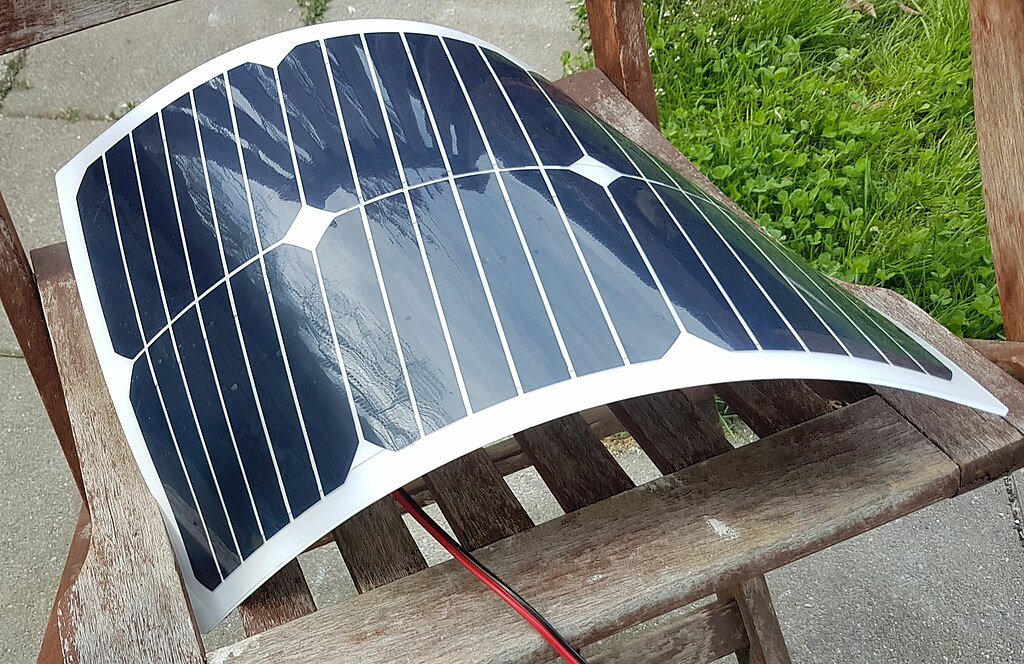
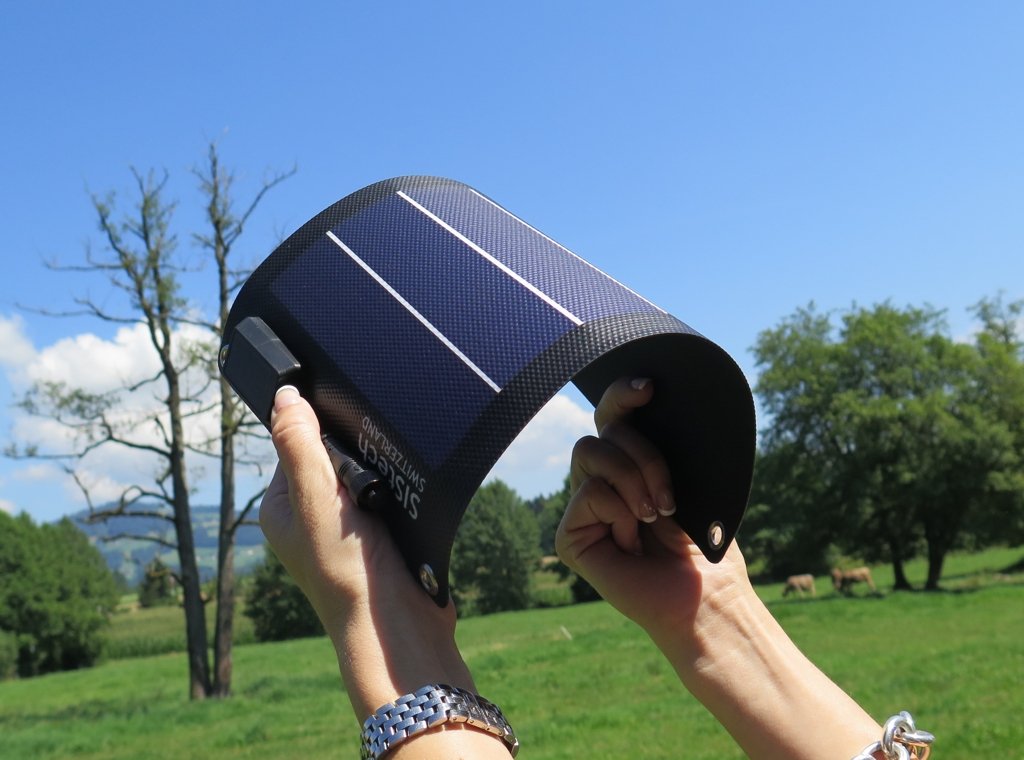

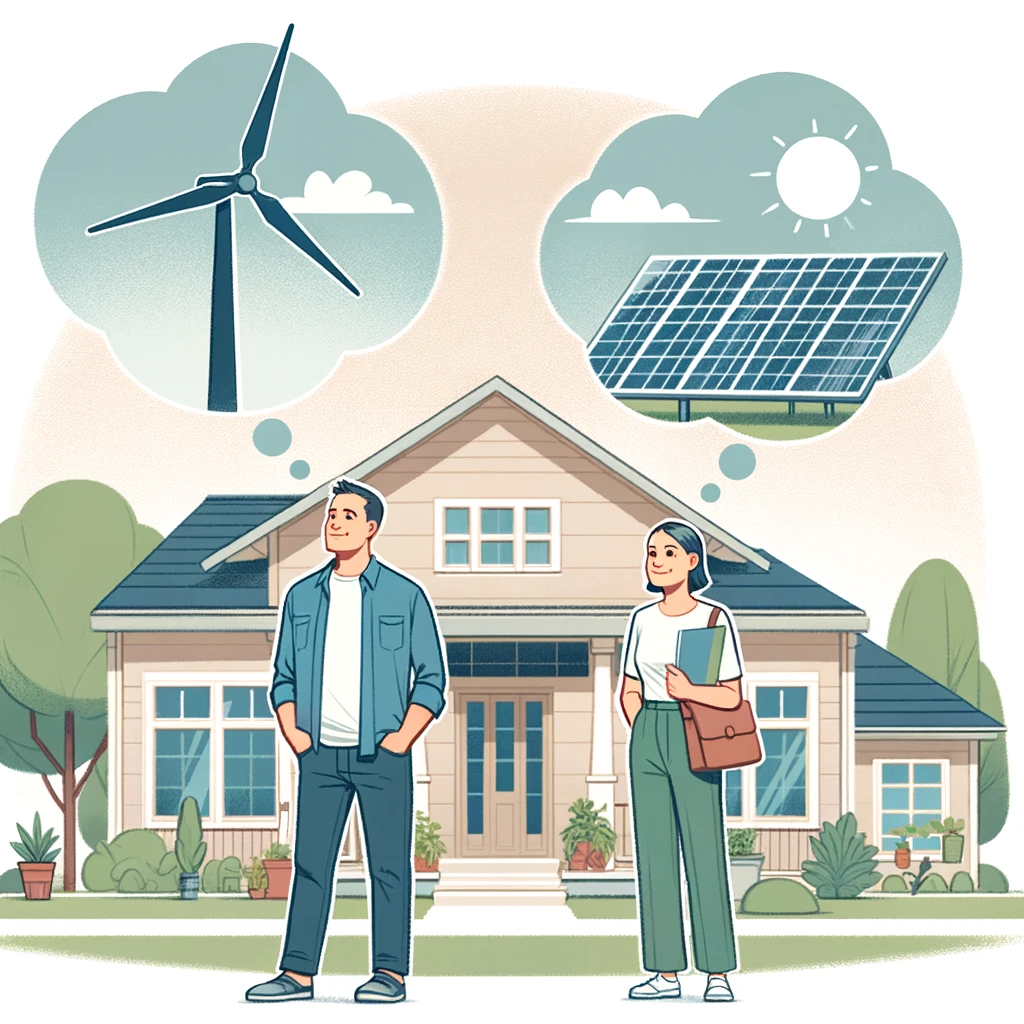
Leave a Reply